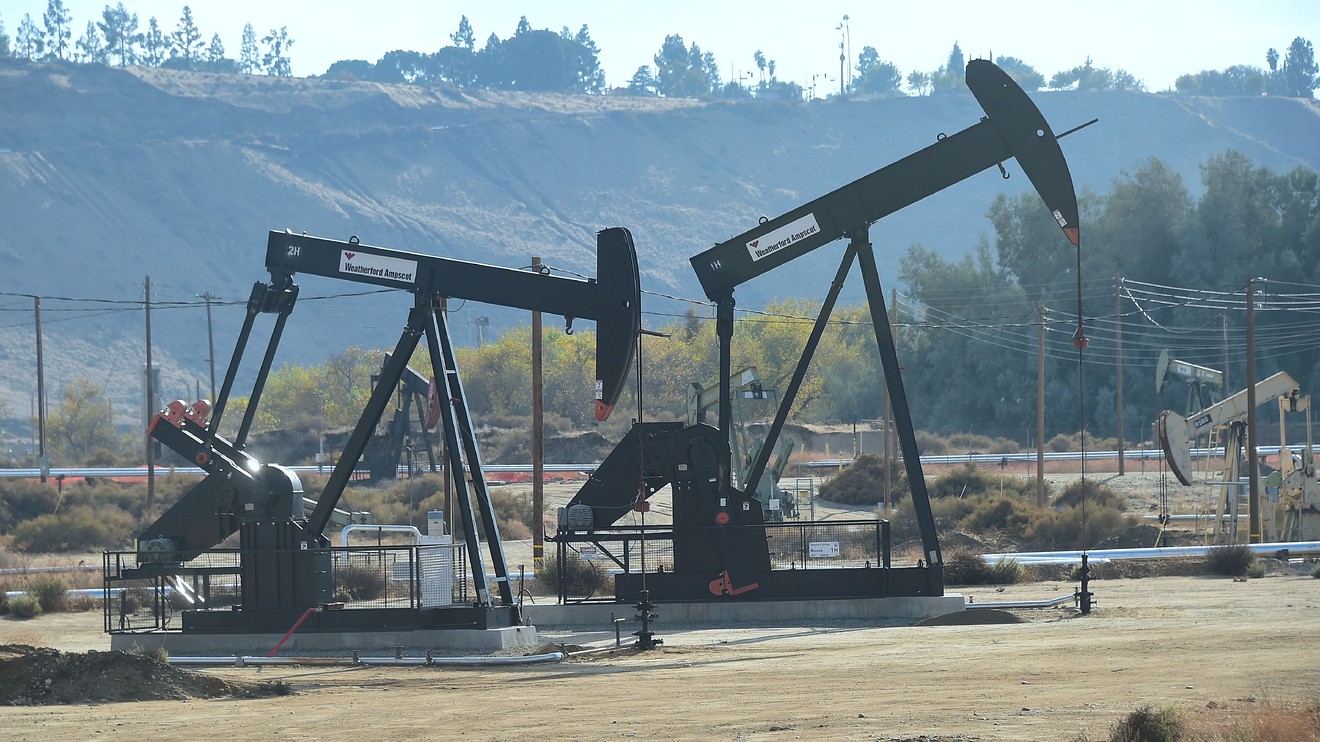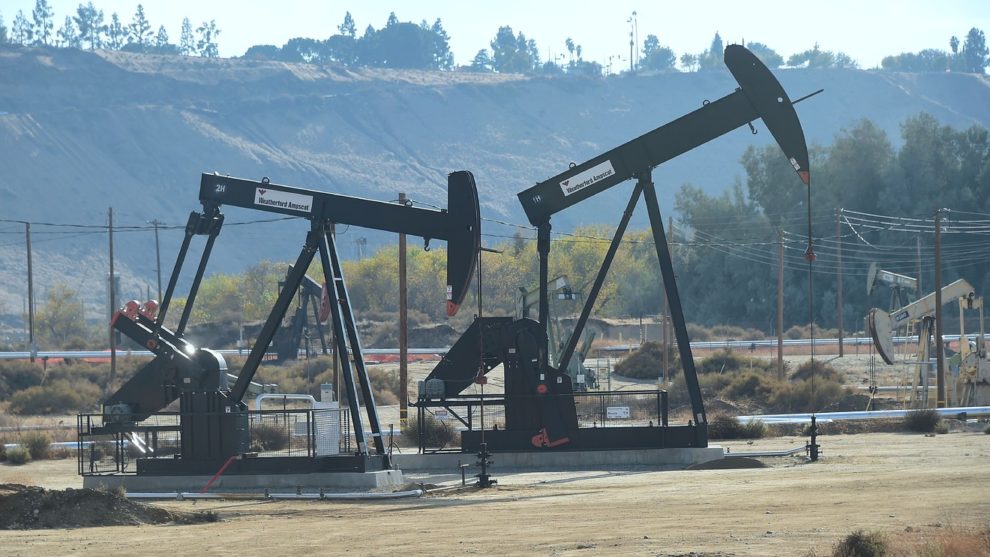
Oil futures were headed sharply lower early Wednesday as the energy complex faced persistent pressure centered on a dearth of places to put excess oil and a glut of the commodity being pumped by major producers.
June Brent crude BRNM20, -15.36%, the international benchmark, was trading down $3.09, or 12%, at $16.24 a barrel in electronic trade, which would put the contract around its lowest levels since 1999, according to FactSet data, based on the most-active contract. The decline comes after Brent prices on Tuesday saw their lowest finish since February 2002 and notched the sharpest daily slide since January 1991, according to Dow Jones Market Data.
Meanwhile, West Texas Intermediate crude for June delivery CLM20, -7.08%, the U.S. benchmark and now the front-month contract after the May contract expired on Tuesday, was trading 83 cents lower, or 7%, at $10.72 a barrel after settling on Tuesday around the lowest since February 1999.
A glut of oil and dwindling places to store the commodity has combined to obliterate crude values, highlighted by a stunning 306% decline Monday in the May contract that placed the front-month contract at negative $37.63 a barrel.
Read: The oil market is running out of storage space and production cuts loom
The key U.S. storage hub was already at 70% capacity as of April 10, according to Platts Analytics expects, who estimate that Cushing stocks to have climbed by another 5 million barrels.
The U.S. Energy Information Administration will release its weekly inventory data Wednesday at 10:30 a.m. Eastern Time. The EIA data are expected to show crude inventories rose by 12.9 million barrels last week, according to analysts polled by S&P Global Platts.
That reading would follow a report from the American Petroleum Exporting Institute late Tuesday that showed that U.S. crude supplies rose by 13.2 million barrels for the week ended April 17.






